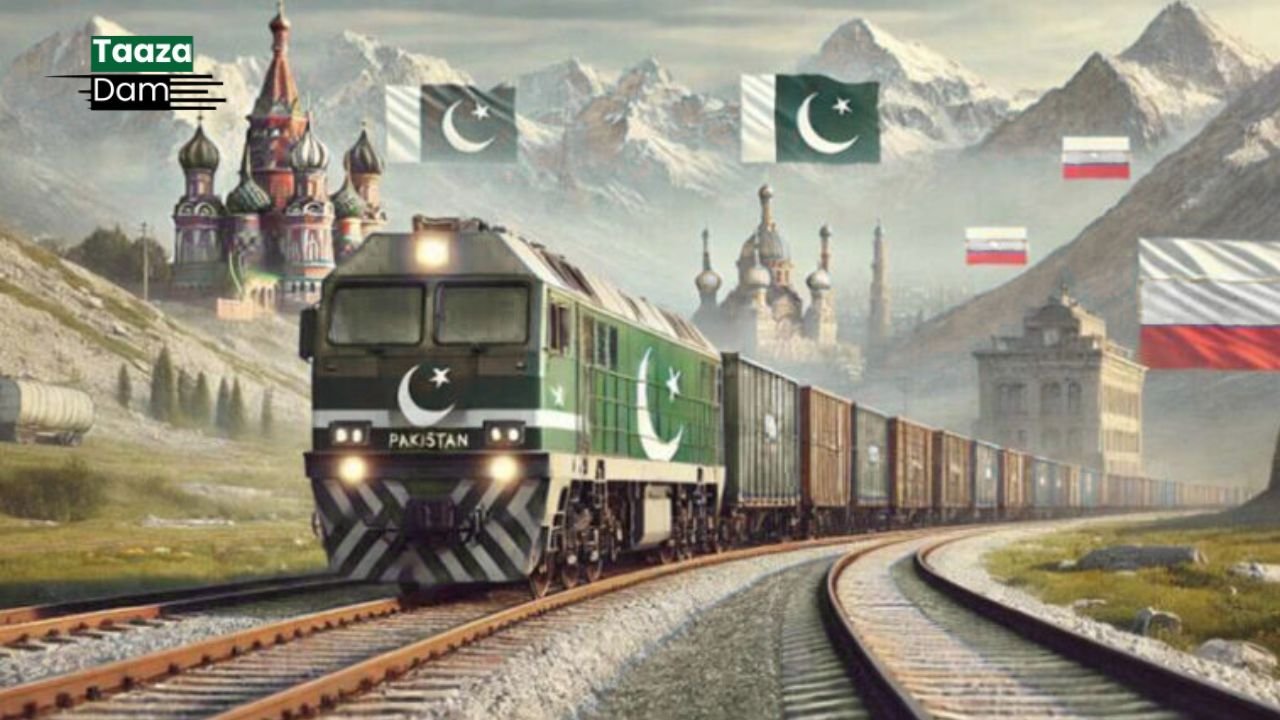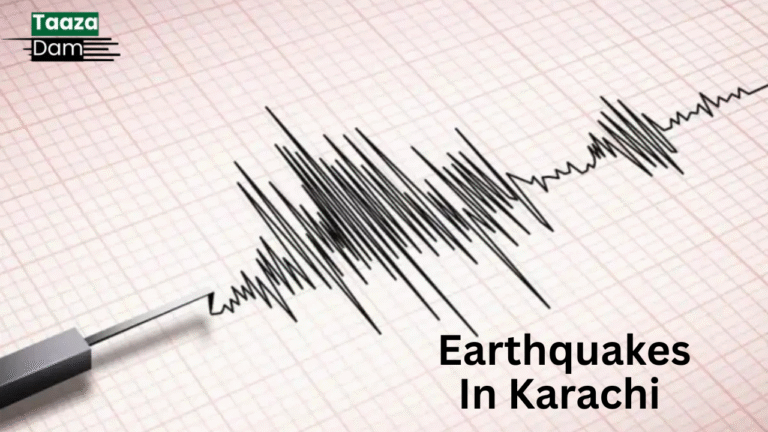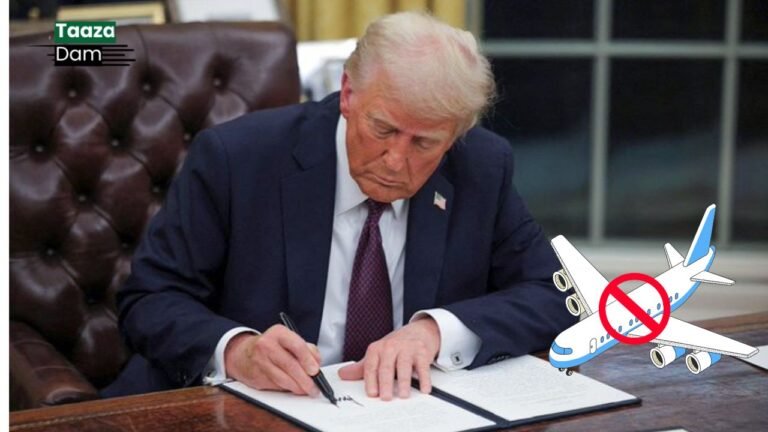Pakistan and Russia to Launch Direct Railway Service on June 22

In a major step toward deeper bilateral ties, Pakistan and Russia will launch the first-ever direct freight train service on June 22, linking trade across Central Asia.
Background & Strategic Significance
- The initiative follows a railway cooperation MoU signed at the SPIEF summit in June 2024, formalizing interest in a South–Central Asia rail corridor .
- This service aligns with the International North–South Transport Corridor (INSTC) including Iran, Turkmenistan, Kazakhstan, and Russia .
Trial Runs & Launch Timeline
- Initial trial freight runs began on March 15, 2025, from Pakistan’s Qasim and Karachi terminals via Taftan .
- Now, on June 22, the service moves into its regular operational phase, marking the first consistent rail link between the two nations.
Economic & Trade Benefits
For Pakistan
- Export growth: Textiles, rice, wheat, cotton gain access to Russia and Central Asia .
- Lower transport costs: Rail is more cost-effective and faster than sea or road routes .
For Russia
- Direct access to Pakistan’s market for oil, gas, steel, industrial machinery .
- Room to expand into energy exploration projects and diversify exports .
Logistics & Infrastructure
- Freight travels through Turkmenistan–Iran railway, then enters Pakistan at Taftan, where customs operations have been streamlined .
- Container capacity: Offers both 22 TEU and 44 FEU from Qasim and Karachi terminals .
Regional & Political Dimensions
- The rail link strengthens Pakistan–Russia ties beyond trade—covering energy, education, health sectors .
- Geopolitically, it provides Russia leverage in regional connectivity and offers Pakistan economic diversification .
Conclusion
The June 22 launch of the direct freight railway marks a transformative moment, not just for Pakistan–Russia trade, but for the broader regional corridor stretching from South to Central Asia. With cost savings, enhanced efficiency, and strengthened partnerships, this project is poised to reshape logistics and geopolitics in the region.






